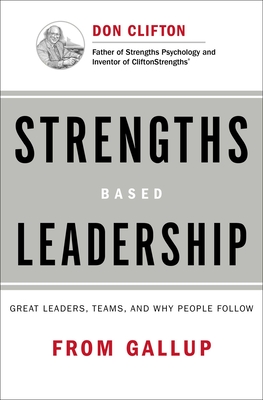
Data are everywhere. Countries are compared based on how their students perform in international testing. Schools are compared using standardised testing and school-leaver data. Students are tracked using their individual data and that of their peers. But while there is much already written about leadership styles, leading change and the benefits of being data informed, transferring an understanding of educational research and change leadership literature to a data-informed context is not always easy or seamless.
Selena Fisk, EdD, author of Using and analysing data in Australian schools, believes that data should be used to support learning in a way that develops thriving learning communities where students are engaged and motivated. This invaluable resource introduces a 10-step process for leading data-informed change comprising measurable steps for action supported by connections to relevant literature and practical examples showing what the process looks like in schools. Fisk also introduces the 12 key elements required for a leader to prime the environment or build a culture that will enable them to lead data-informed change.
Leading data-informed change in schools offers teacher team leaders, principals and administrators a practical guide on how to collect, analyse and use data to help school communities and the students they serve flourish.
member goods
listens & views

CAMEO PARKWAY VOCAL GROUPS 3 ...
by CAMEO PARKWAY VOCAL GROUPS 3 / VARIOUS
COMPACT DISCout of stock
$18.49






